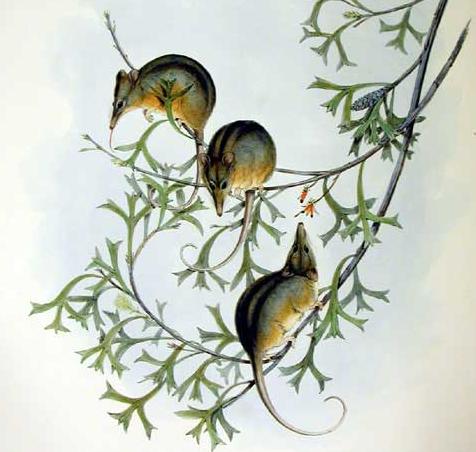Facts About Honey (Slender-nosed) Possum, Noolbenger
The honey possum, also known as the noolbenger, is a diminutive marsupial native to southwestern Australia. Officially named Tarsipes rostratus, this small creature has a particular affinity for nectar and pollen, making it a crucial pollinator for plants such as Banksia attenuata, Banksia coccinea, and Adenanthos cuneatus.
Over the years, scientists have debated and revised the classification of the honey possum. Its distinctive characteristics have warranted its placement in its own family, Tarsipedidae, within the Diprotodontia order. Initially thought to be closely related to the South American marsupial Dromiciops gliroides, recent studies have cast doubt on that connection.
Physically, the honey possum is notable for its elongated snout and specialized teeth, perfectly adapted for its diet rich in nectar. It typically has a lifespan of one to two years. Nocturnal by nature, this marsupial spends its nights feeding on nectar and pollen from plants such as Banksia and Eucalyptus. In times of scarce food or cold weather, it can enter a state of torpor to conserve energy.
Thanks to its prehensile tail and opposable first toe, the honey possum is an adept climber. Males are particularly active, often traveling long distances in search of food.
Reproduction in honey possums is closely tied to the availability of nectar, allowing them to breed year-round. Female honey possums are promiscuous, with a gestation period of 28 days, typically resulting in two to four offspring. As vital pollinators, they play an essential role in the ecosystem, especially for Banksia attenuata.
These marsupials flourish in the heath, shrubland, and woodland areas of southwestern Australia. While they are relatively common in their local habitat, they face threats from frequent fires and pathogens such as Phytophthora cinnamomi, which can impact their food sources.
